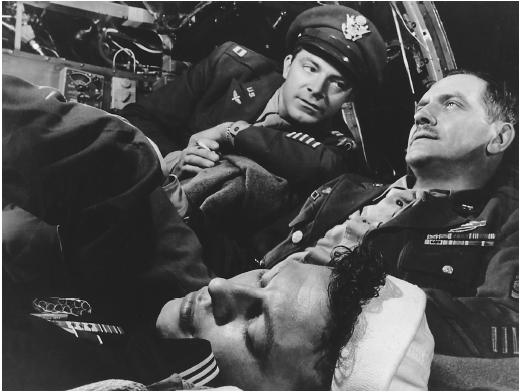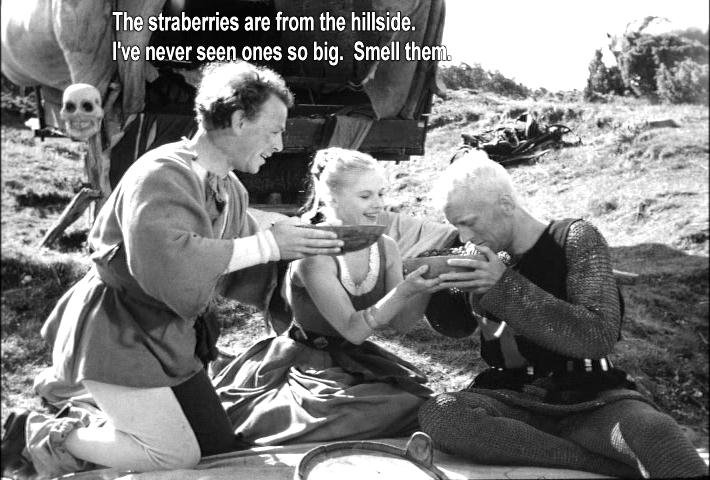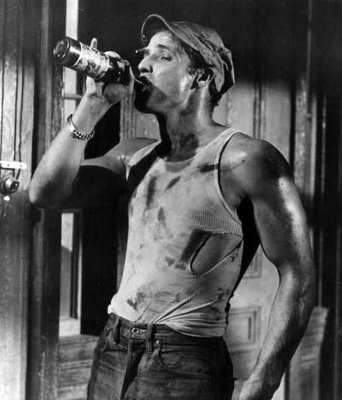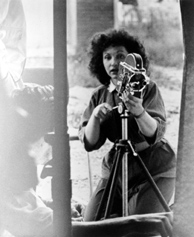"I think it would be fun to run a newspaper."
“Movie spectaculars are films in which the magnitude and intricacy of the mise-en-scene share equal emphasis with or even outshine the story, the actors, and other traditional focal points for a movie” ,(Corrigan White 89). Citizen Kane (1941) is that movie. It has been the number one movie directors want to try and recreate. It is also a movie that you have to watch more than once. The first time you watch the film, you are confused to as what is going on. Director and star Orson Welles, tells the story of a man who has all that money can buy, except happiness.
The opening scene sets the whole tone for the rest of the film. At first we hear the non diegetic music sounding a lot like there’s a haunting grim reaper character lurking around the corner. The camera is focused on a ‘no trespassing’ sign and begins to move up to a low angle close up of a chain linked fence. “Recognizing the dominance of either the image as presence or the image as text within a single film or part of a film is the one way to begin to appreciate and understand it”, (Corrigan White 129). These low angle shots are used throughout the film whenever we see Welles’ character Charles Foster Kane. It makes him appear taller and important. There is very little light in this three minute opening scene. This darkness is continued throughout the film without the audience ever realizing it.
As the camera starts to become a deep focus, the audience starts to sense that this Kane character has amassed a fortune. We see a strong gate that looks like nothing ever leaves or enters the estate, exotic animals, a lake with gondola’s and a beautiful mysterious mansion hidden in the dark in the right corner. The deep focus on the camera keeps the audiences eyes glued to the center of the screen but still observing other images.
The camera shoots to a white light. As we witness the white light amongst the dark in the far right corner, Welles uses a lap dissolve here to move the camera and show the audience what is behind the white light. When the camera focuses more on the mysterious light and starts to fade from the other objects, the music becomes one with the lights flickering on and off. The use of sound and camera movement makes this scene one that defines this movie as a whole, mysterious and curiosity ensue.
The strange light dissolves into what looks like snow. When we first realize that the person is holding a snow globe, it’s too late. Welles use of mise-en-scene and camera movement in this opening sequence makes us want more. As the snow turns into a snow globe and it falls and smashes to the ground, an image of the nurse appears in the shattered glass. With an extreme close up of a man, the word, “Rosebud” is heard and this mysterious white light fades once again into the dark. The symbolism of the globe shattering is Kane’s innocence and childhood that was taken away to early. Something he couldn’t afford to buy. Like I said you need to watch this movie more than once to understand its greatness.
Citizen Kane. Director Orson Welles. Starring Orson Welles, Joseph Cotten, Ray Collins. Turner Home Ent. DVD.
Corrigan & White (2009), The Film Experience: An Introduction.







+2.jpg)

























